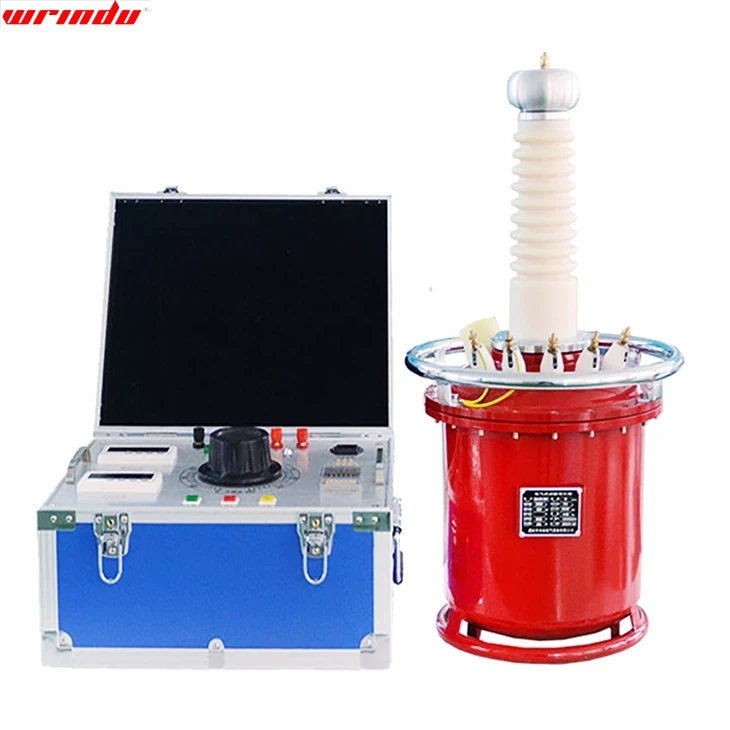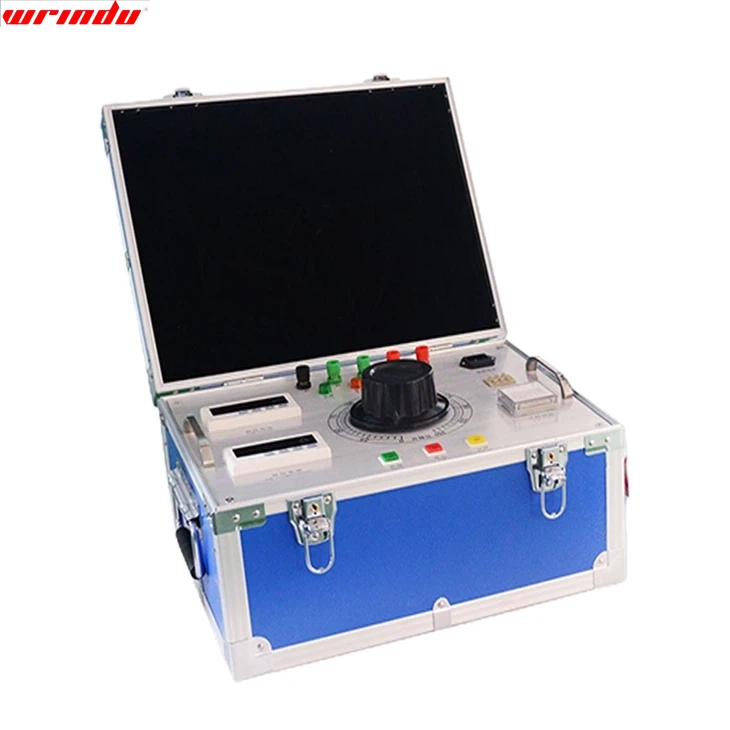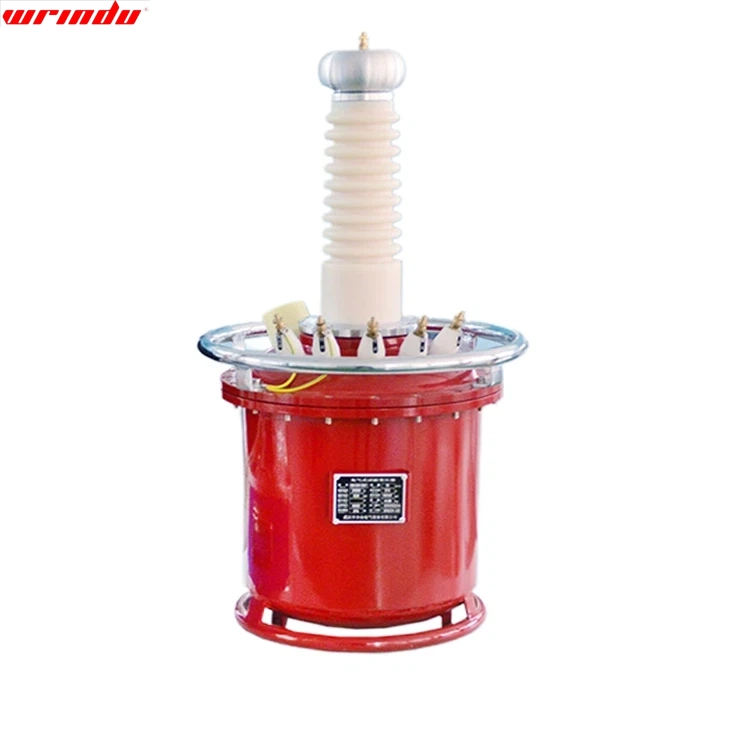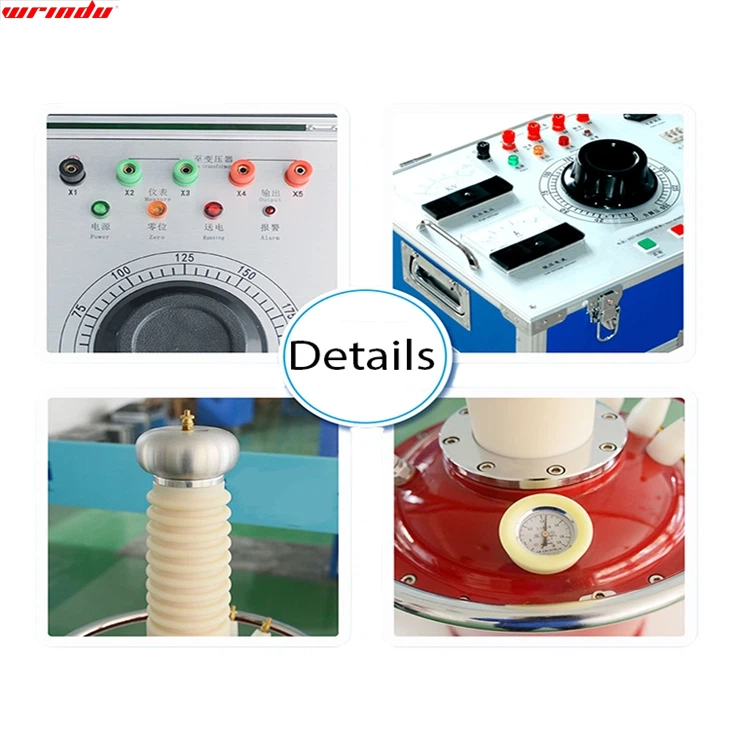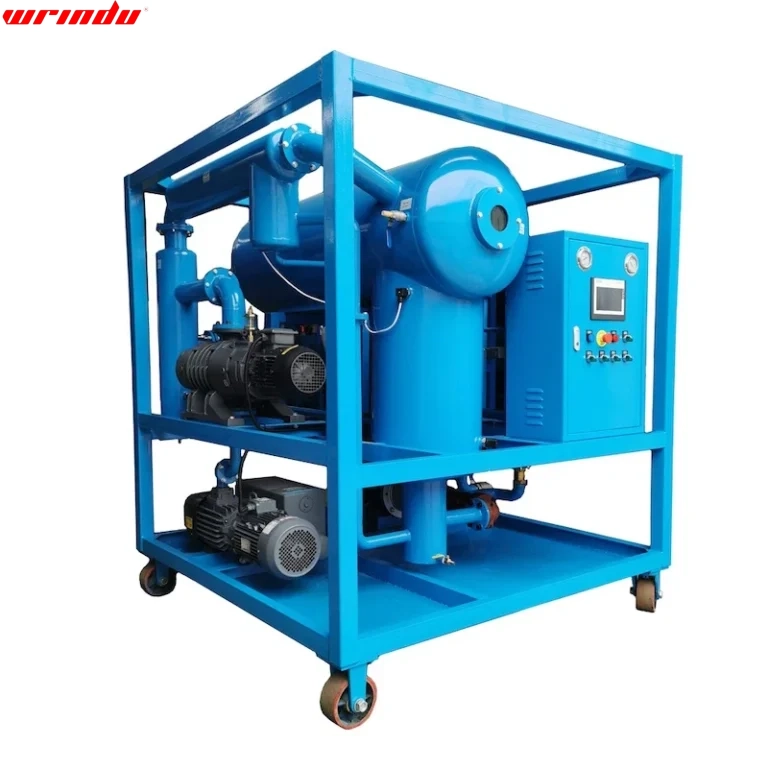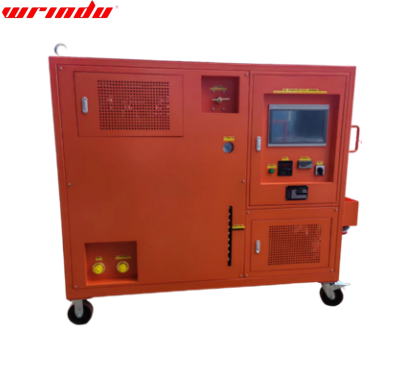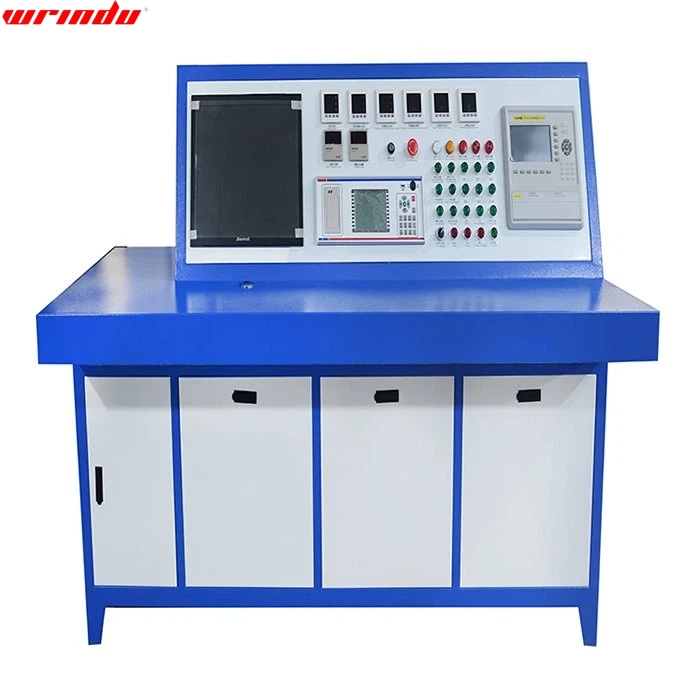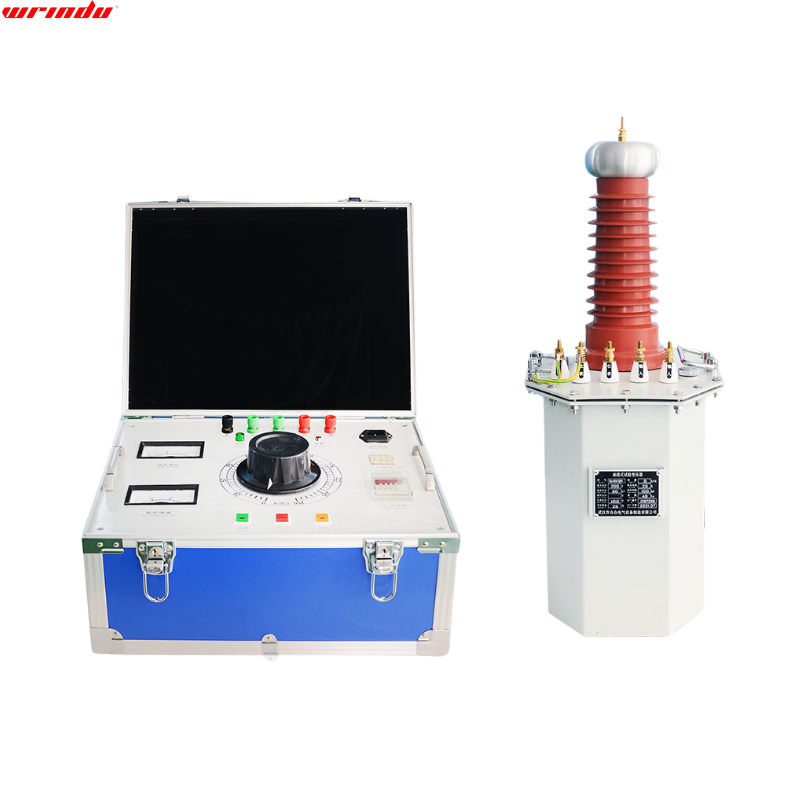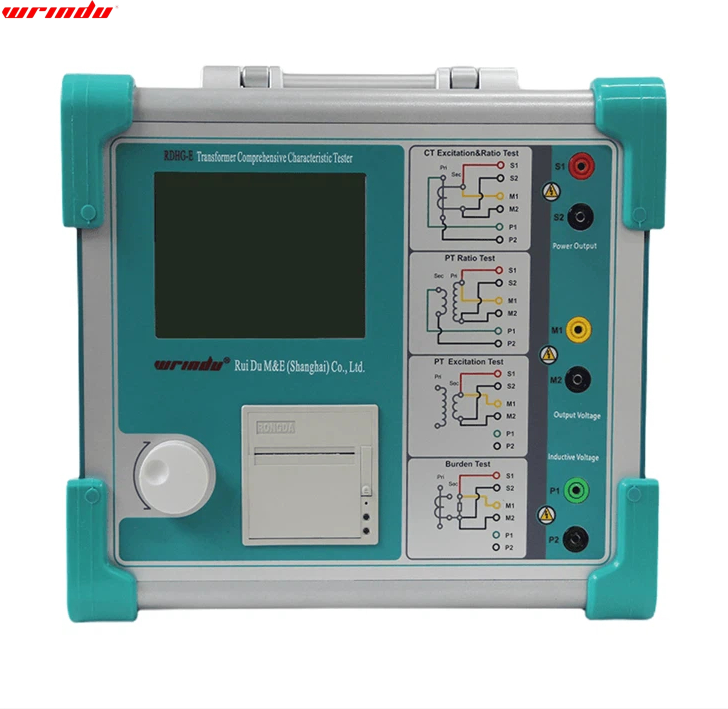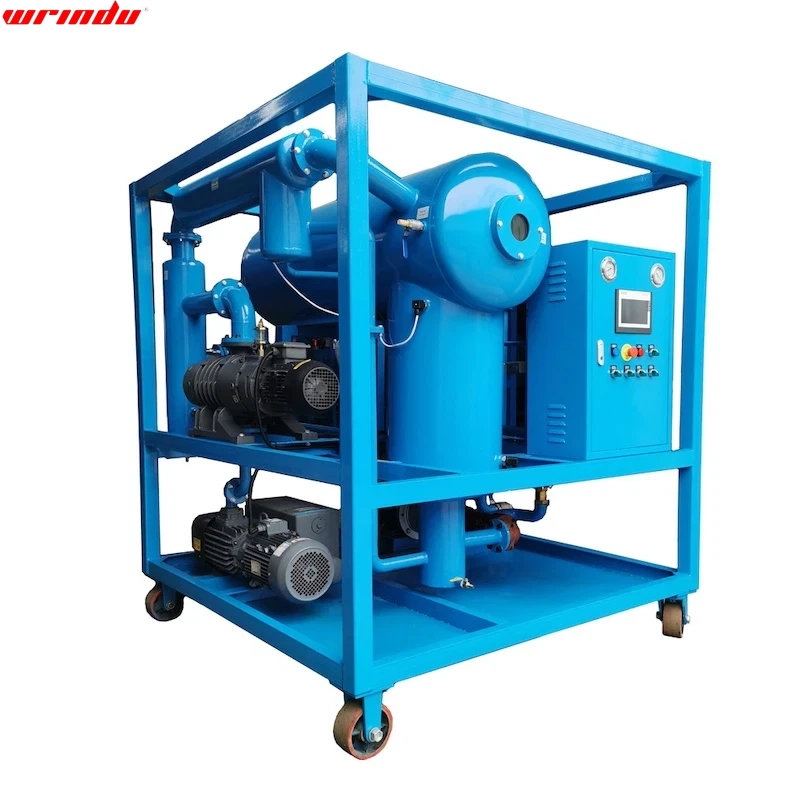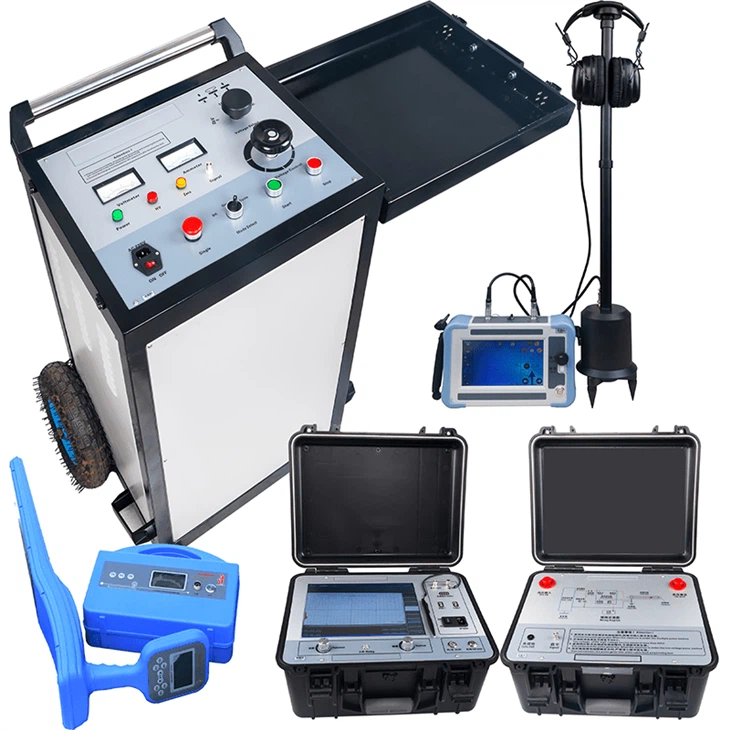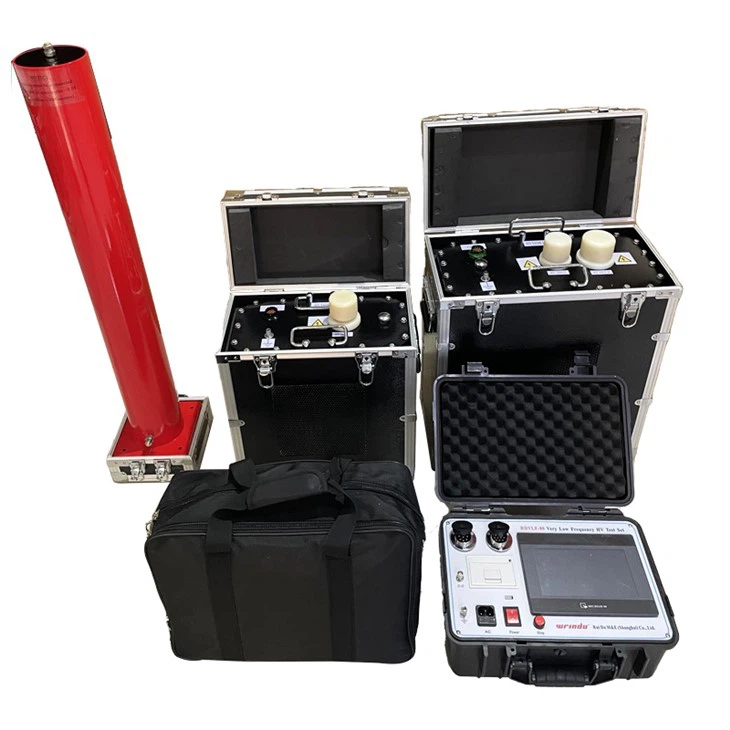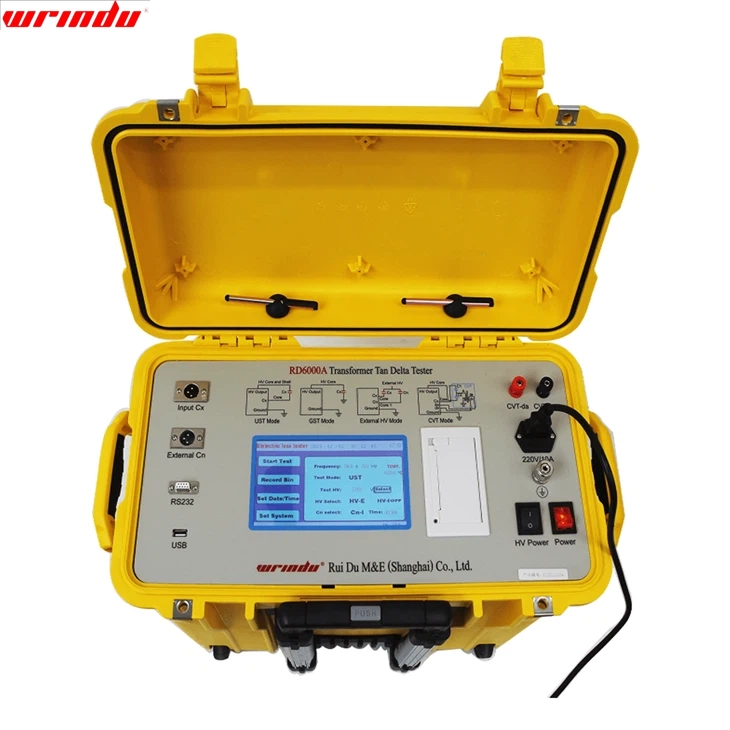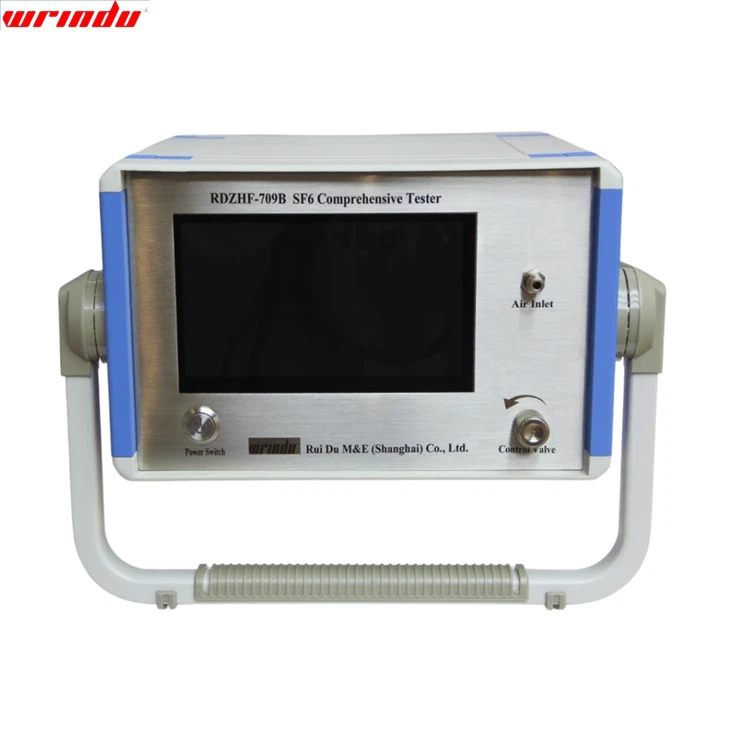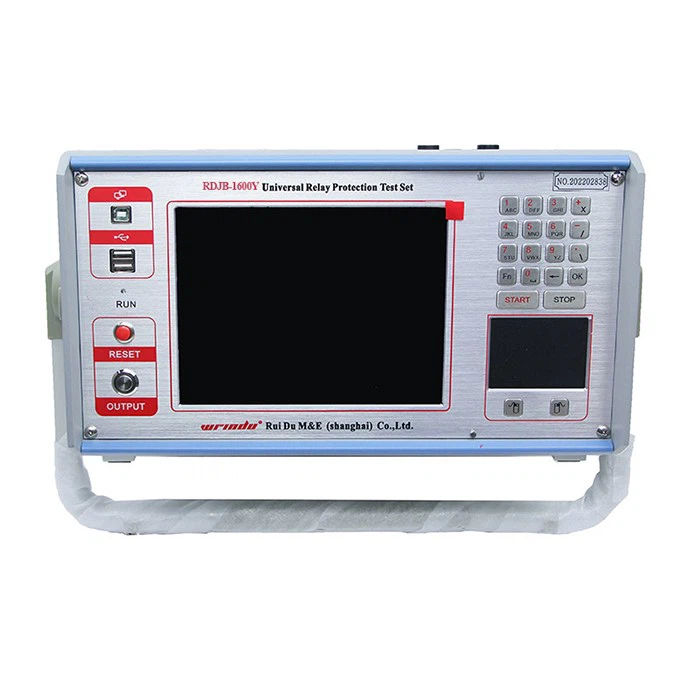OVERVIEW
The YDQ series of Inflatable type ac hi pot are new high-voltage test transformer products developed based on the “Test Transformer” standard after years of careful improvement. Gas-filled AC high-voltage test transformers have significant advantages compared to traditional oil-immersed test transformers. In terms of weight, it can be reduced by 20%-60% depending on the voltage and capacity levels, and the oil pollution problem is eliminated. The voltage level of a single test transformer can reach up to 300kV.
The YDQ Inflatable type ac hi pot adopts a new production process, and its technical performance has been greatly improved. It is especially suitable for on-site operations and work scenes that require frequent movement.
CHARACTERISTIC
- 1. Compact size and lightweight (40%-65% lighter than the same grade oil-immersed test transformer).
- 2. Clean structure, no oil stains, maintenance-free.
- 3. Not affected by bad weather, can be moved on-site at any time and tested immediately without standing.
- 4. The insulation strength is better than the oil-immersed hi pot tester, and the corona phenomenon is extremely small.
For more information about insulation withstand voltage test equipment, please click More.
To request the latest quotes, please click Contact Us.
FAQ
Q: What is the difference between AC and DC hipot tests?
A: DC hipot testing offers more precise leakage current readings by measuring only real current. In contrast, AC hipot testing measures total current and may not accurately measure leakage current.
Q: How do you perform a hipot test on a transformer?
A: Connect the high-voltage lead to an isolated circuit phase conductor. Power on the HIPOT Tester set the meter to 1000 Volts or the predetermined DC Voltage. Press the “Test” button, then observe the resistance reading after one minute.
Q: Is AC hipot testing destructive?
A: AC hipot testing can be destructive, particularly with high test voltages. Applying a test voltage exceeding 2500 Vac between primary and secondary circuits may lead to catastrophic failure of the unit.
Q: Why do we need so high voltage in the hipot test?
A: The hipot test applies high voltage to assess an electronic device’s stress endurance for safety and quality assurance. It ensures no breakdown or perforation and verifies that insulation distances on the line and in the air meet specified standards.
APPLICATION






